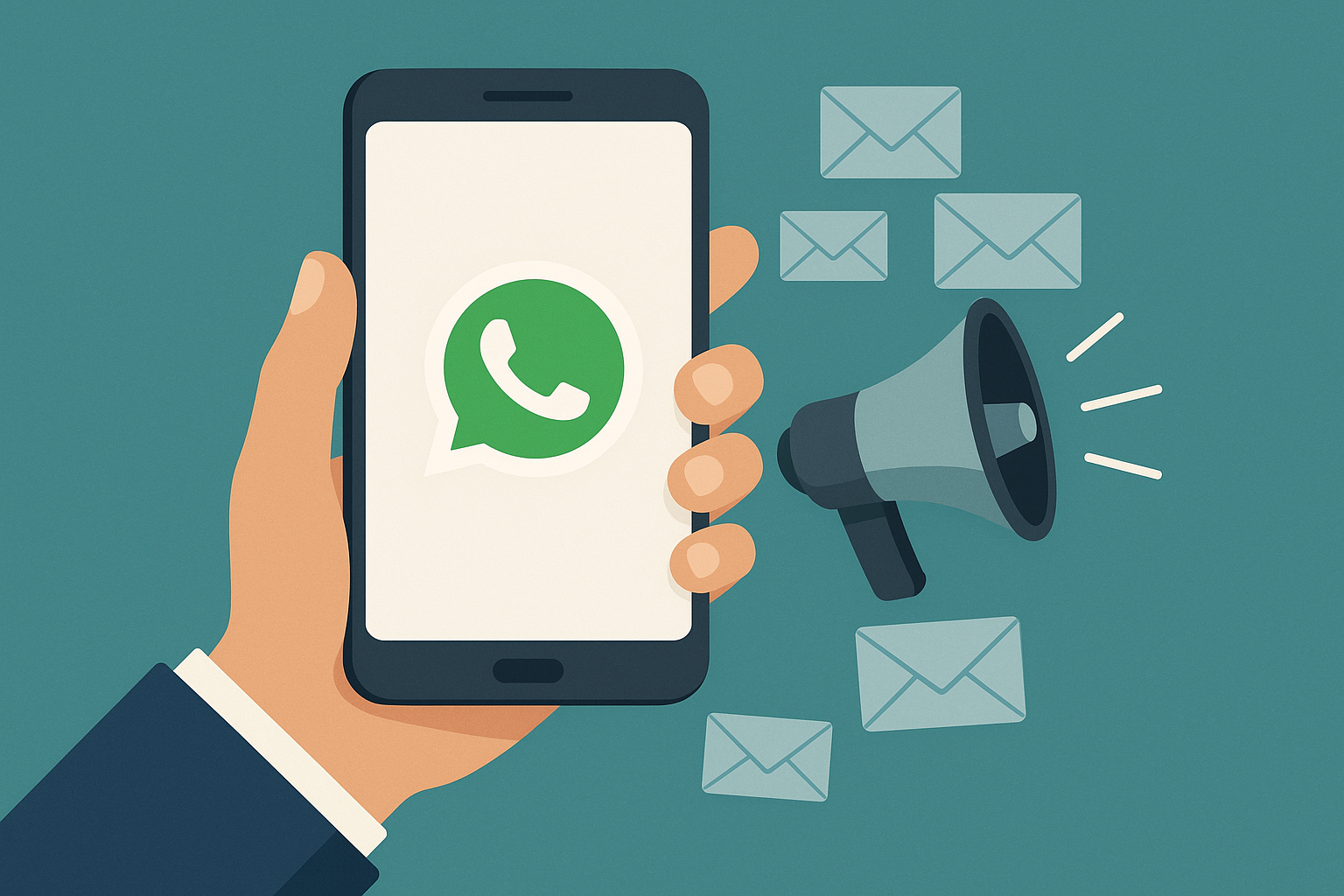Una conseguenza dell’invecchiamento della popolazione è l’aumento della domanda di assistenza sanitaria; l’onere che grava sui fornitori di assistenza sanitaria. Allo stesso tempo, i canali digitali per la maggior parte stanno diventando il mezzo preferito per accedere a dati e servizi.
Non è un segreto che le persone vivano più a lungo e che a livello globale la popolazione si stia espandendo. Secondo il più recente rapporto DESA delle Nazioni Unite; la popolazione mondiale dovrebbe aumentare di un miliardo di volte entro il 2025, con 300 milioni di 65 anni o più.
Abilitati dalla disponibilità della piattaforma di comunicazione come servizio (CPaaS) che fornisce; messaggistica, voce e video tramite una semplice integrazione API, gli operatori sanitari stanno iniziando a rispondere; offrendo app che forniscono servizi medici di routine come gli appuntamenti di prenotazione. Sempre più spesso le video calls they are offered as a way to speed up the consultation process.
Bupa, for example, offers its clients video consultations with qualified doctors via an app.
Altrove, il National Health Service (NHS) del Regno Unito ha recentemente introdotto un servizio simile; GP at Hand, un’app che consente agli utenti di avere appuntamenti tramite videochiamate o messaggi di testo. Questo passaggio al digitale sta effettivamente alleviando l’onere per i fornitori di assistenza sanitaria in prima linea. La nostra recente ricerca ha esaminato più in dettaglio il ruolo del video in questo turno.
La ricerca della nostra consociata Sinch ha scoperto che le videochiamate stanno già diventando parte del mix di comunicazioni; con il 67% delle imprese intervistate che utilizzano video spesso o talvolta, il 69% delle quali era nel settore sanitario, ma solo il 19% degli operatori sanitari intervistati ha dichiarato di aver avrebbero probabilmente adottato la videochiamata nei prossimi 24 mesi.
Il rapporto indica inoltre che per i consumatori c’è una domanda insoddisfatta di consultazione via video.
Agli intervistati è stato chiesto con quale tipo di organizzazione preferirebbero di più interagire tramite una videochiamata, l’assistenza sanitaria è risultata la migliore, con il 23% dei consumatori che ha pensato che fosse una buona idea – il prossimo settore industriale più vicino era bancario all’8%.
I motivi per preferire una videochiamata (per tutti i settori) erano misti, ma quattro categorie di risposta erano quasi ugualmente popolari, fornendo informazioni sul perché i pazienti preferiscono il video rispetto ad altri canali digitali. Il 38% ha affermato che fornirebbe un servizio più personale, il 38% ha dichiarato che risparmierebbe tempo, il 36% ha voluto vedere le espressioni facciali, il 37% ha affermato che al momento risolverebbe le domande. Questi sono tutti buoni motivi per vedere un medico faccia a faccia, dimostrando quanto facilmente il video potrebbe sostituire il vedere un medico di persona.
C’è anche un altro motivo importante per cui le videochiamate si adattano bene alle prestazioni sanitarie. È ampiamente riconosciuto che un consumatore su cinque autodiagnosi di problemi di salute tramite i motori di ricerca, di solito perché non sono stati in grado di ottenere un appuntamento dal medico. Il pericolo di diagnosi errate, la mancanza di accesso all’anamnesi e le insidie di informazioni non verificate possono ovviamente essere disastrosi. La nostra ricerca indica che i pazienti preferiscono l’accuratezza di una diagnosi professionale – il 45% ha affermato che la videochiamata impedirebbe loro di autodiagnosticare.




